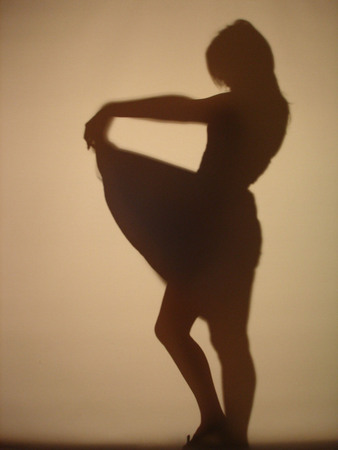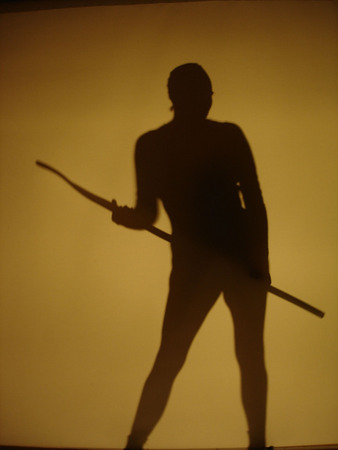Getting out into the Light
Alexey Politov, Marina Belova



Alexey Politov, Marina Belova. From the project “Getting out into the Light”. 2008. Videoinstallation. Collection of authors. © Marina Belova & Aleksei Politov
Alexey Politov, Marina Belova. From the project “Getting out into the Light”. 2008. Videoinstallation. Collection of authors. © Marina Belova & Aleksei Politov
Alexey Politov, Marina Belova. From the project “Getting out into the Light”. 2008. Videoinstallation. Collection of authors. © Marina Belova & Aleksei Politov
Moscow, 27.03.2008—20.04.2008
exhibition is over
Fund “Era”
Trubnikovski per., 13, bl. 1
Share with friends
Curator: Sergei Khachaturov
This project is presented by the Museum “Moscow House of Photography”
For the press
Alexei Politov and Marina Belova, who were always fascinated with experiments involving shadow theatre and fine art, present their recent project that deals with the new role of the shadow in the epoch of photography. In the classical period the shadow primarily had imitative, mimetic significance. We can recall the myth, told by Pliny, concerning the origin of painting, when «it represented an outlined shadow of a man». In the cases of the most daring artists (Rembrandt) the shadow may become the source of a light-bearing substance. In the works of some Romantic authors it can threaten to escape from the tyranny of the owner. But never before, in the epoch of painting, did the shadow replace the artist as such, becoming his self-portrait.
This happened only in the 20th century in the radical abstraction of photographic (cinema) illusionism. Those who recollect early movie experience, note that the viewers were not so much struck by the similarities of the motion pictures with real life, but by the inability to find an adequate place for the narration on the screen within everyday experience. «There is nothing more subjective than an object-glass», — wrote Bela Balash. Projection machines gave an opportunity to free forever the space behind the screen from the necessity of copying reality. As Viktor Stoikita justly noted, it was in photography and in cinema that the shadow began combining two functions — reflection and projection — within the personality of the author himself by having a physical connection with him (profile projection). The space beyond the screen is imbued with a special «transgressive» energy and the shadow here is playing the role of the Creator, a demiurge.
In their live pictures Politov and Belova exit the shadow, in the direct meaning of the expression, as if leaving behind some image archetype (it is interesting to recall in this connection «Gogol’s greatcoat», another metaphorical archetype, from which emerged the new Russian literature). The fantastic parade of the moving images, created by the artists, appears to be a sort of «shadow presentation» of the 20th-century visual culture, from Rodchenko’s daring diagonals to neoclassical «girl with oar» and the travesty scenes of pop-art.
Sergei Khachaturov


